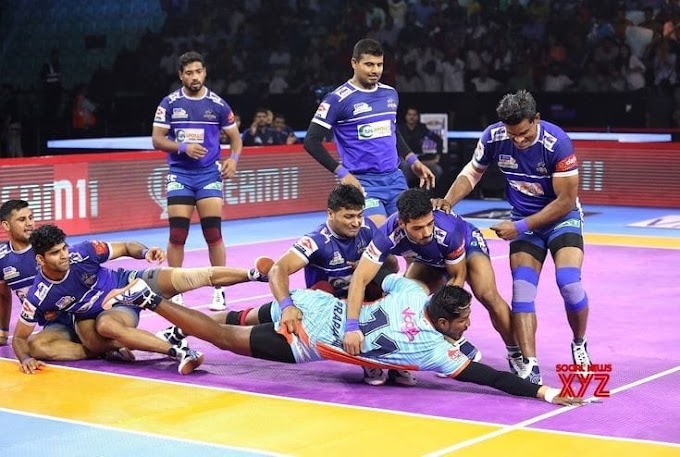Understanding Indirect Speech – Simple Present Tense
When the sentence in direct speech is in Simple Present Tense, it is changed to Simple Past Tense in indirect speech, if the reporting verb is in the past tense (like said, told, asked, explained, etc.).General Rule:
Simple Present → Simple Past
(V1 → V2)
Common Reporting Verbs:
• said that – म्हणाला / सांगितले की
• told (someone) that – (कुणाला तरी) सांगितले की
• asked if/whether – विचारले की
• explained that – समजावून सांगितले की
• informed (someone) that – माहिती दिली की
• replied that – उत्तर दिले की
• mentioned that – नमूद केले की
• remarked that – टीप दिली की
• added that – पुढे सांगितले की
•Structure:
Direct:
Subject + said / told / asked / etc., "Subject + V1 + object..."
Indirect:
Subject + reporting verb + that + subject + V2 + object...
Examples with Different Reporting Verbs:
• Said that:
Direct: She said, "I go to the temple every Monday."
Indirect: She said that she went to the temple every Monday.
तिने सांगितले की ती प्रत्येक सोमवारी मंदिरात जाते.
• Told (someone) that:
Direct: He told me, "You speak very fast."
Indirect: He told me that I spoke very fast.
त्याने मला सांगितले की मी खूप जलद बोलतो.
• Asked if/whether (for yes-no questions):
Direct: He asked, "Do you like tea?"
Indirect: He asked if I liked tea.
त्याने विचारले की मला चहा आवडतो का.
• Explained that:
Direct: The teacher explained, "Water boils at 100 degrees."
Indirect: The teacher explained that water boiled at 100 degrees.
शिक्षकांनी समजावून सांगितले की पाणी १०० अंश सेल्सिअसला उकळते.
• Informed that:
Direct: The manager informed us, "The meeting starts at 10."
Indirect: The manager informed us that the meeting started at 10.
व्यवस्थापकाने आम्हाला माहिती दिली की बैठक दहा वाजता सुरू होते.
• Replied that:
Direct: She replied, "I know the answer."
Indirect: She replied that she knew the answer.
तिने उत्तर दिले की तिला उत्तर माहीत आहे.
• Mentioned that:
Direct: He mentioned, "I visit my grandmother every week."
Indirect: He mentioned that he visited his grandmother every week.
त्याने नमूद केले की तो दर आठवड्याला आजीला भेटतो.
• Remarked that:
Direct: She remarked, "He works very hard."
Indirect: She remarked that he worked very hard.
तिने टिप्पणी केली की तो खूप मेहनत करतो.
• Added that:
Direct: He added, "We need more time."
Indirect: He added that they needed more time.
त्याने पुढे सांगितले की त्यांना अधिक वेळाची गरज आहे.






0 Comments